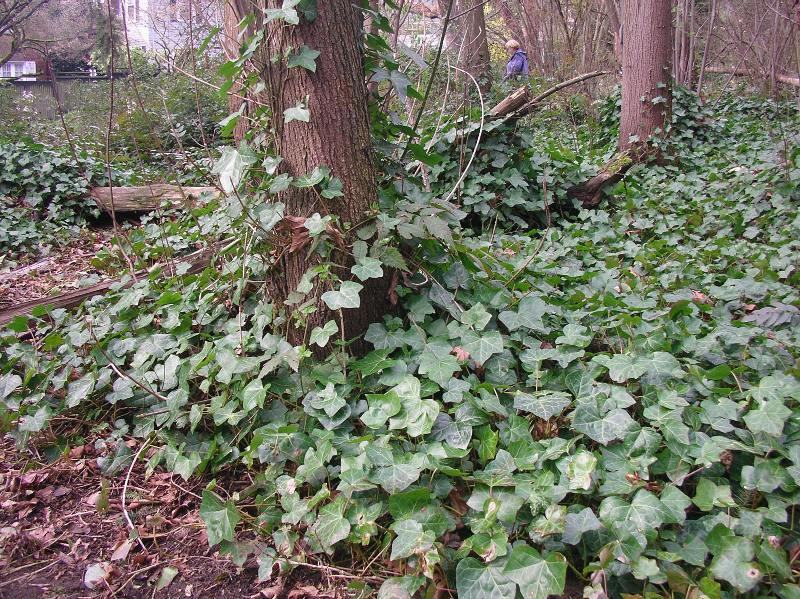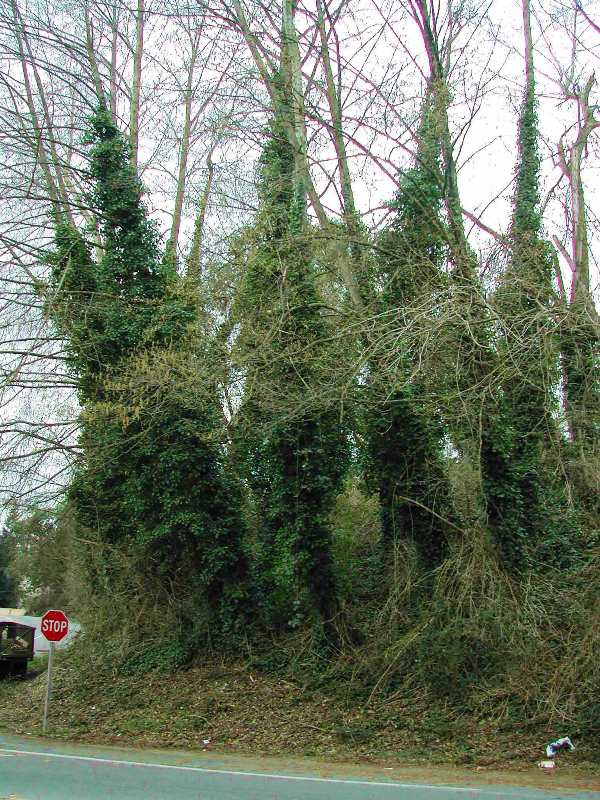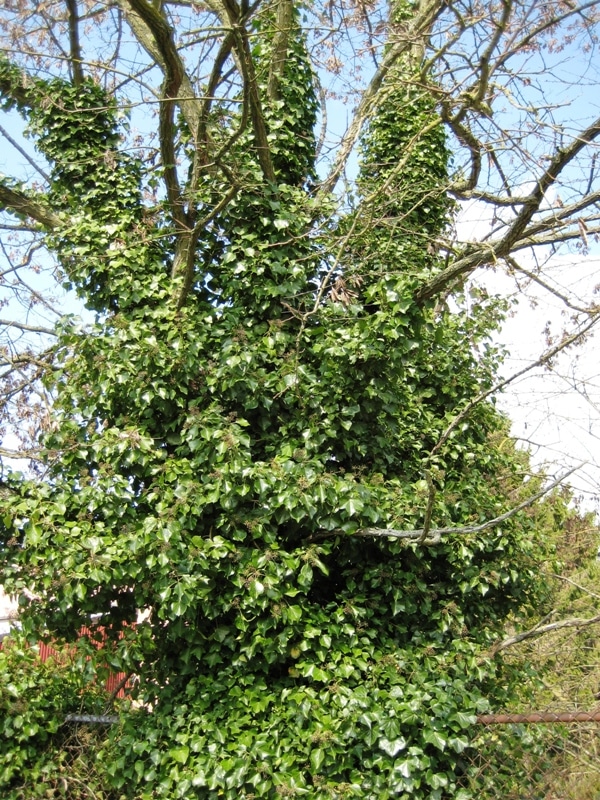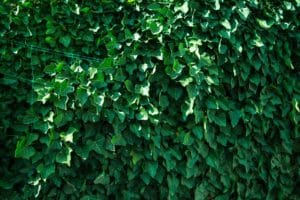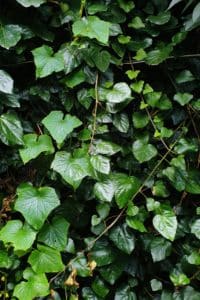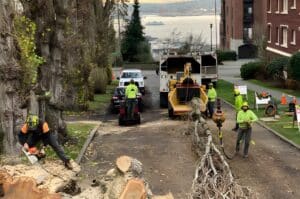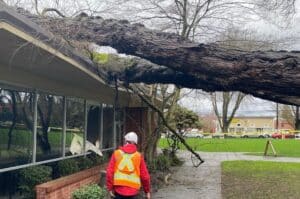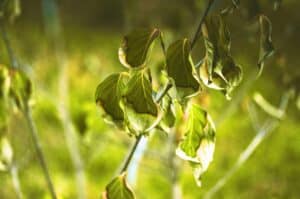Should I Remove Vines Growing On My Trees?
Here in the Emerald City, we are lucky to encounter lush, tree-lined vistas throughout our urban environment. Trees help create healthy ecosystems, increase property values, and contribute to a well-functioning and effective network of public utilities. But not all greenery is created equal! We see a mosaic of native, ornamental,
Here in the Emerald City, we are lucky to encounter lush, tree-lined vistas throughout our urban environment. Trees help create healthy ecosystems, increase property values, and contribute to a well-functioning and effective network of public utilities.
But not all greenery is created equal! We see a mosaic of native, ornamental, and invasive species interact in Seattle’s residential settings. Ornamentals and invasive species were introduced to the landscape throughout the city’s history.
A species is considered invasive when it competes with native species, causing environmental, economic, or human harm. One common example of such a dynamic is the interaction of trees and vines, such as ivy.
- Photo courtesy of King County
- Photos courtesy of King County
- Photo courtesy of King County
Because of the rapid and aggressive growth characteristics of ivy species, they tend to be classified as invasive. They require more water and nutrients, which is taxing on trees.
Why ivy should be removed
Why should English Ivy such as Hedera helix and other vines such as Clematis (Clematis viticella) or Wisteria (Wisteria sinensis) be managed and, sometimes, removed?
- All coexisting plants compete for the same locally available sources of sunlight and water, which reduces the host tree’s access to these vital nutrients.
- Ivy attaches to, encircles, and constricts tree trunks and limbs, which cuts off normal airflow and circulation. This can accelerate rot.
- The vertical growth of ivy adds a tremendous amount of weight on the branches, which over time, can result in branch or tree failure due to the excessive loading, especially during storms.
- The invasion of ivy weakens trees, which make them more susceptible to pests that opportunistically feed off deadwood and rot.
- Ivy and vines impact other native understory plant communities that are associated with healthy urban forests, which has a negative effect on wildlife habitat.
How to remove ivy from your tree
Managing the interactions of native trees and plants with ornamentals is one of the main roles homeowners, property managers, arborists, landscapers, and urban foresters undertake. There are several steps you can take, including:
- Cut ivy off at chest height and pull the vines from the trunk. Pull vines off the base of the tree to create a 2-3’ defensible buffer ring (known as a “life saver”)
- In extreme cases where vines have overtaken the crown of trees, hire a certified arborist, trained to safely work at heights, to remove heavy material throughout the canopy.
Once you’ve removed the ivy, either by yourself or with the help of a professional, apply thick layers of mulch around the base of the trees. This helps support optimal tree health and slows the regrowth of the ivy, allowing you more time to notice and repeat ongoing maintenance.
You can read more about identifying and managing ivy King County Fact Sheet. And for a more detailed narrative on how to manually remove ivy you can check out this guide from OSU extension offices.
Can’t keep up with the ivy at your property? Contact us for a free estimate, we’d love to help free your trees.
Love managing ivy at your property and can’t seem to get enough? Consider volunteering with Trees for Seattle to help improve public parks & greenspaces!
Have any additional comments or questions? Reach out to us via email at info@seattletreecare.org
SEE MORE ARTICLES FROM OUR b(LOG)
We've got you covered with tips, resources, updates, how-to's, and other helpful information about trees and landscapes in Seattle, Puget Sound, and King County, WA. Join the thousands of smart local residents who get the monthly newsletter from Seattle Tree Care for helpful information you won't want to miss!
There's no spam - we promise! We are committed to keeping your e-mail address confidential. We do not sell, rent, or lease our contact data or lists to third parties.

